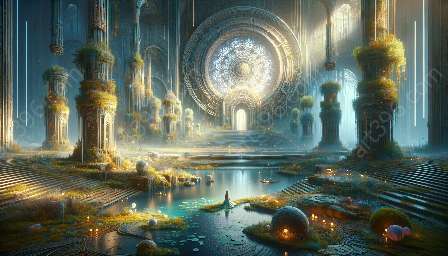Embryonic development is a remarkable process that transforms a single cell into a complex, multicellular organism. This article delves into the stages of embryonic development and the fascinating process of organogenesis, providing insights that are compatible with anatomy for concept artists and concept art.
Embryonic Development
Embryonic development can be broadly divided into several key stages:
- Fertilization: The process begins with the fusion of a sperm and an egg, resulting in a zygote.
- Cleavage: The zygote undergoes rapid cell division, forming a cluster of cells called a morula.
- Blastula Formation: The morula undergoes further division and rearrangement, resulting in the formation of a hollow, fluid-filled structure known as a blastula.
- Gastrulation: The blastula undergoes a process called gastrulation, during which the three primary germ layers—ectoderm, mesoderm, and endoderm—are formed.
- Neurulation: This stage involves the formation of the neural tube, which develops into the central nervous system.
Organogenesis
Organogenesis refers to the process by which the germ layers give rise to the various organs and organ systems of the developing embryo. It encompasses the following key events:
- Formation of Organ Primordia: During organogenesis, the germ layers differentiate and give rise to specific cell populations that will form the primordia of various organs.
- Morphogenesis: This phase involves the shaping and structuring of the developing organs, guided by intricate cellular interactions and signaling pathways.
- Differentiation: Cells within the organ primordia become specialized, assuming distinct roles and acquiring the characteristics necessary for their specific functions.
- Growth and Maturation: The organs continue to grow and mature, undergoing complex developmental processes to attain their final forms and functionalities.
Understanding the stages of embryonic development and organogenesis is essential for concept artists seeking to create accurate and visually striking anatomical representations. By grasping the intricacies of these processes, artists can imbue their artwork with a deep understanding of the inner workings of life and bring an added layer of realism to their concepts.

